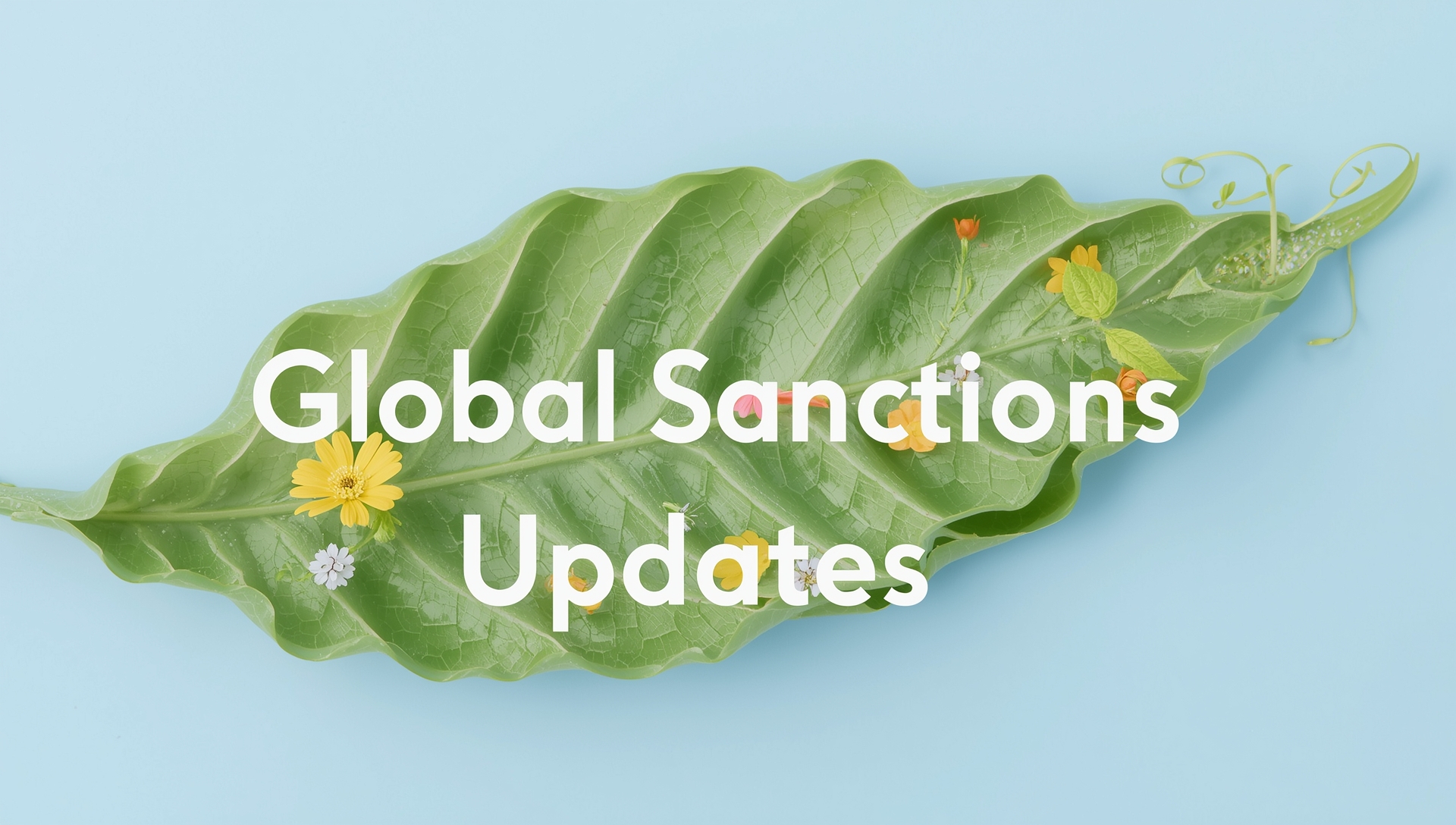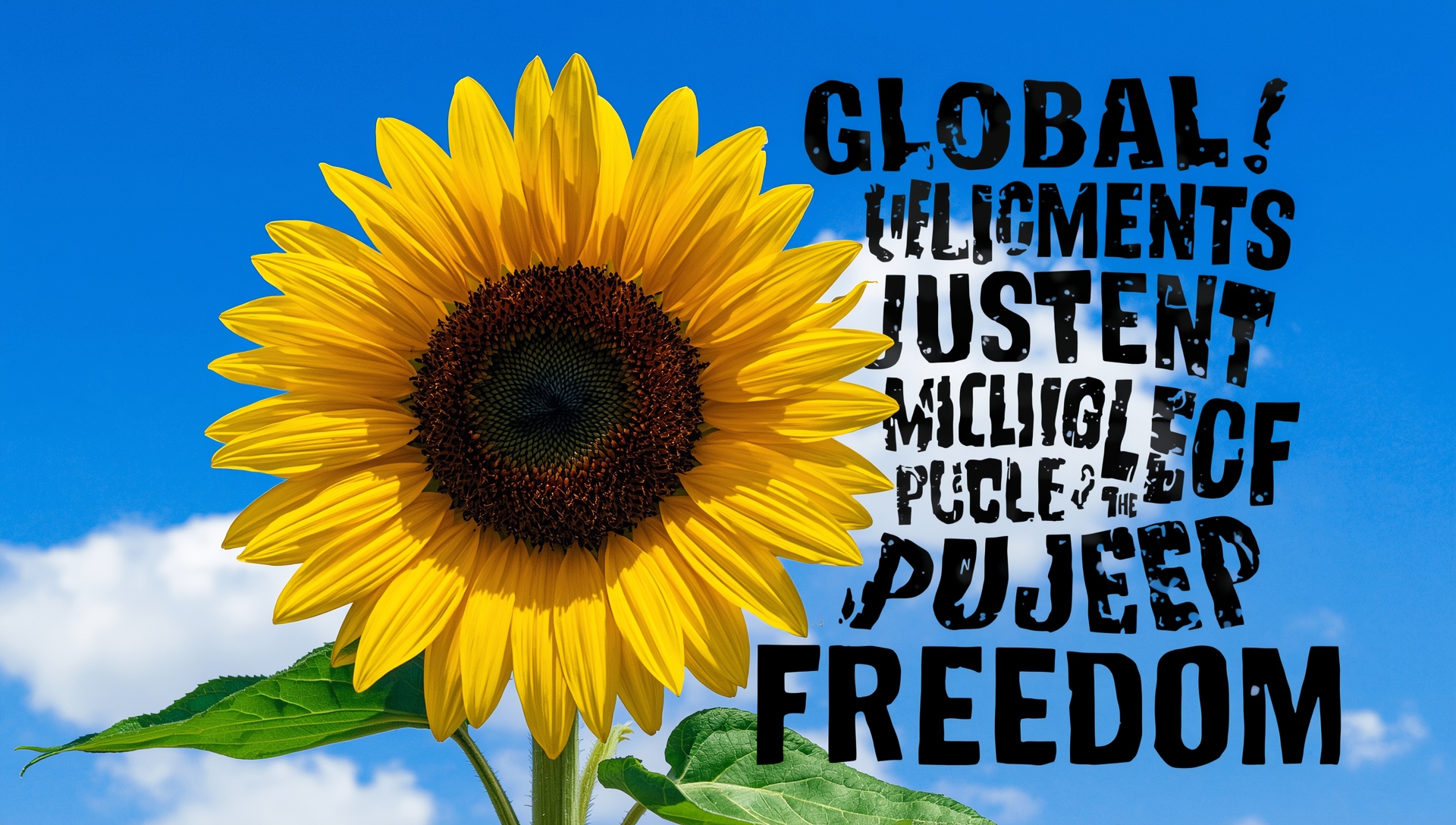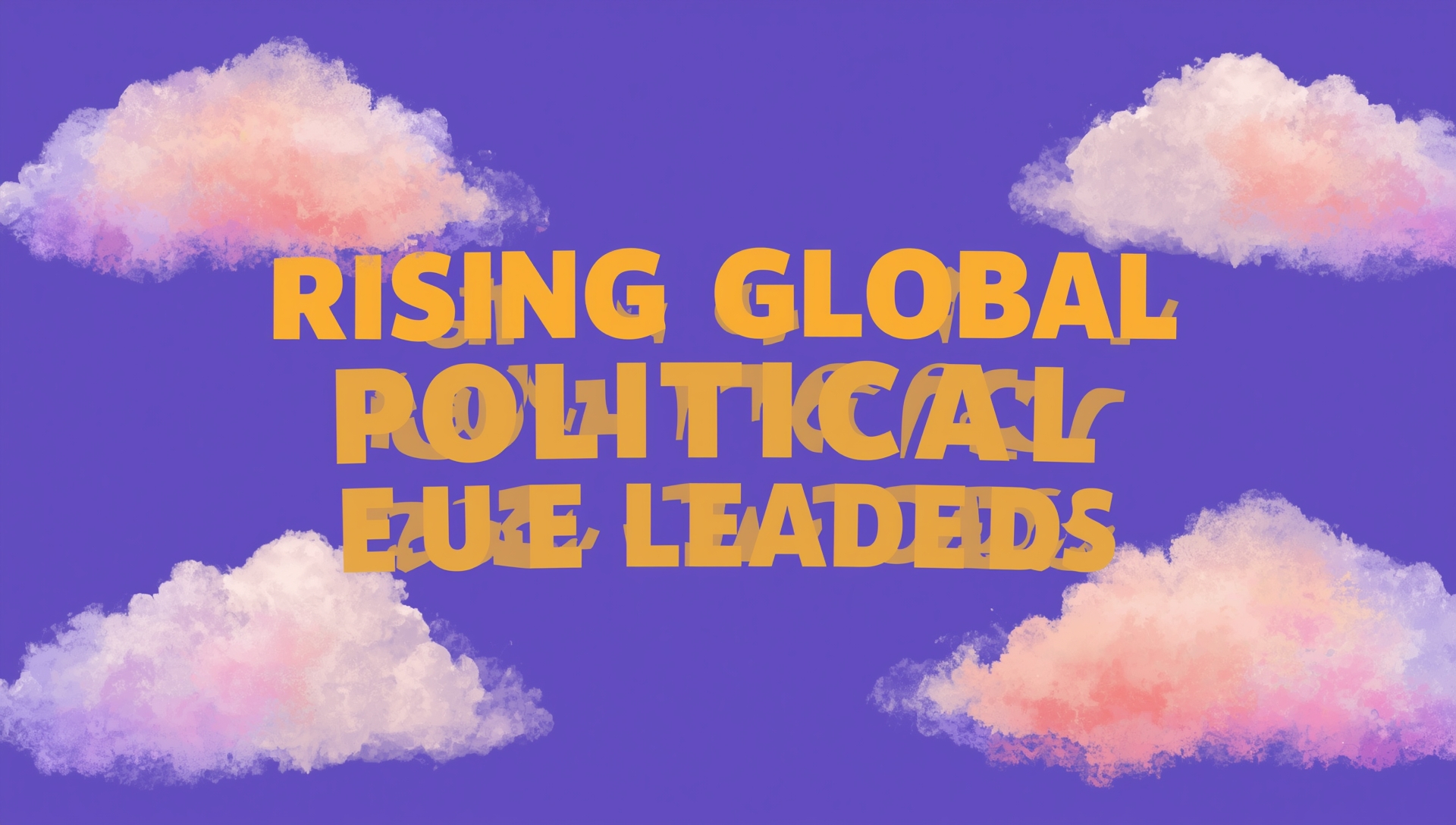As of August 2025, the way global sanctions work has changed dramatically. From historic executive orders to multinational flashpoints, here’s a complete overview of the latest developments:
- Executive Orders and U.S. Sanctions
- Syria: In a major policy turnaround, on June 30, 2025, President Trump signed an executive order removing several U.S. economic sanctions on Syria, intended at easing its road back into the global economy. Sanctions on Bashar al-Assad, terrorism, drug trafficking, and chemical weapons are still in force, and important laws like the Caesar Act are still in effect unless Congress repeals them (AP News).
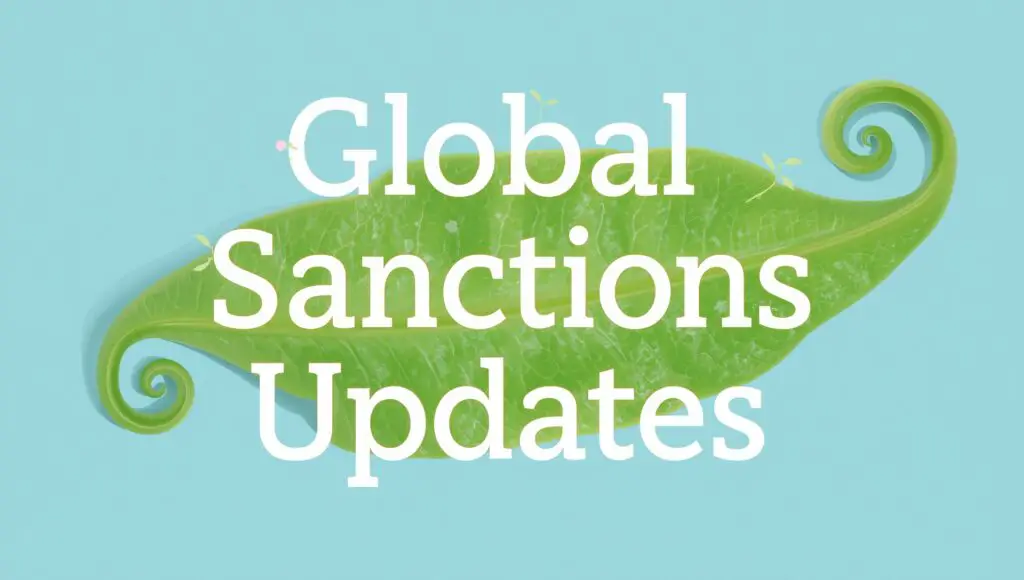
International Criminal Court (ICC
- Earlier this year, the U.S. enacted Executive Order 14203 (February 6, 2025), imposing visa and financial sanctions on ICC officials and associates for investigating U.S. citizens or allies. This includes targeting the ICC prosecutor, and was later used in July 2025 to censure UN Special Rapporteur Francesca Albanese (Wikipedia).
- OFAC Updates: The U.S. Office of Foreign Assets Control (OFAC) continues to announce new penalty targets. Recent additions include designations connected to counter-narcotics, terrorism, cyber threats, and entities tied to the DRC. OFAC has also issued new general licenses ahead of the Trump–Putin summit and enlarged the Russia-harmful-activities program (OFAC, Global Sanctions). 2. Russia Under Pressure
- Shadow Fleet Crackdown: Sanctions targeting Russia’s “shadow fleet”—a network of oil tankers used to dodge restrictions—have tightened. The U.S. sanctioned around 180 vessels and connected businesses in January 2025; Australia followed with 60 vessel sanctions in June; the U.K. added 135 more in July (Wikipedia).
UK Designations
- On June 17, 2025, the U.K. named 10 new entities, including companies associated to the illicit oil trade, the GUGI military intelligence unit, and firms aiding Russian energy and extractive sectors. Twenty new tankers were added to the shadow fleet list (Steptoe).
- EU’s 18th Package: The EU enacted its 18th sanctions package on July 18, 2025, targeting persons implicated in hybrid threats and human rights breaches. It also extended sanctions on Crimea, Sevastopol, and human-rights abusers through mid-2026, and placed fresh levies on Russian and Belarusian agricultural exports (Reuters, Sanctions and Export Controls Blog, European Council).
- Upcoming Summit Pressure: Ahead of the highly anticipated Trump–Putin summit in Alaska, President Trump has warned of “very severe consequences” should discussions fail. Analysts emphasize the prospect of targeting Russia’s shadow fleet or tightening up penalties on its oil exports. If a deal is struck, oil prices could decrease; if not, prices may surge above US\$80 per barrel (MarketWatch, The Guardian).
- UK Prepares Contingency Measures: The U.K., led by PM Keir Starmer, is planning more penalties if the Trump–Putin meeting falters. This includes recommending freezing €260 billion in Russian assets and implementing unilateral sanctions on Moscow (The Times).
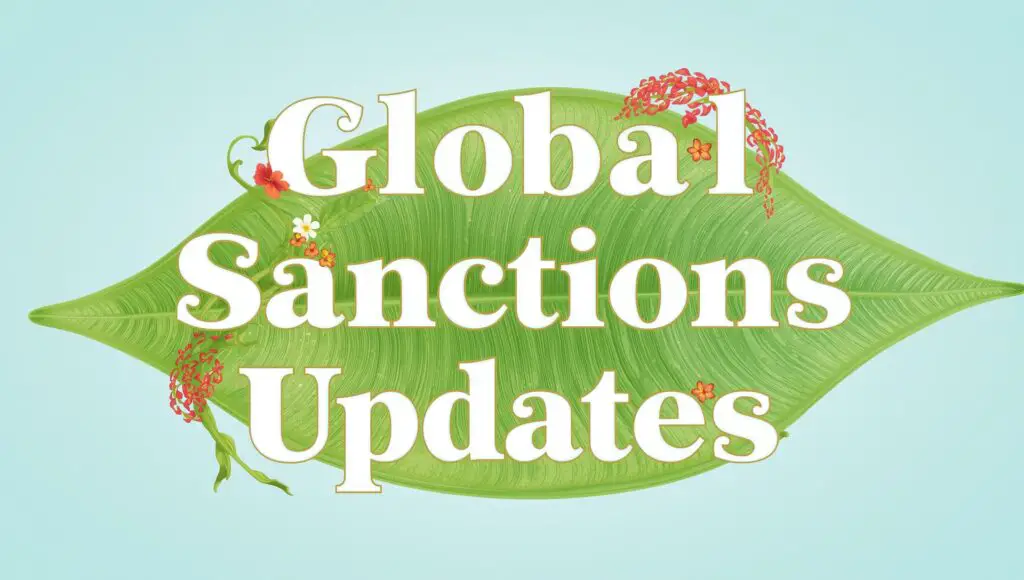
Congressional Sanctioning Russia Act
- : In the U.S. Senate, the Sanctioning Russia Act of 2025 (S.1241), endorsed by Lindsey Graham, proposes imposing 500% tariffs on Russian energy imports—and on nations that deal with Russia, such as China or India. Formerly considered as “very harsh,” Trump has demonstrated increased openness to such policies (MarketWatch, The Times, Wikipedia). 3. Iran & the “Snap-Back” Threat France, Germany, and the UK (the E3) have warned the United Nations that they’re ready to reinstall UN sanctions on Iran—via the “snap-back” mechanism—unless nuclear discussions reopen by the end of August 2025. These remarks follow direct meetings in Istanbul, marking the first such high-level contacts since recent strikes on Iranian nuclear targets (Reuters). 4. China–EU Financial Frictions
Mutual Sanction Retaliation:
- On August 9, 2025, the EU slapped sanctions on some Chinese financial entities suspected of supporting Russian sanction evasion. In return, China sanctioned two Lithuanian banks—UAB Urbo Bankas and Mano Bankas—banning them from deals with Chinese firms. The EU slammed the move as “unjustified” (AP News). 5. Other Regional Sanctions
- Sudan: The U.S. determined in January 2025 that genocide occurred in Sudan amid its civil war and sanctioned RSF leader Hemedti. Additional sanctions were announced in May for chemical-weapon usage by SAF. Earlier, Canada sanctioned al-Burhan and Hemedti in March (Wikipedia).
- Nayara Energy (India): Sanctions announced in July 2025 impacted shipments and logistics for Nayara Energy—a Russian-linked refinery in India. The refinery has lowered production, experienced leadership exits, and requested government intervention to preserve operations. Nevertheless, roughly 70% of fuel output continues to be supplied via Indian retail shops (Reuters, [The Times of India][19]). 6. Global Sanctions Tracking Continued
- FATF Watchlist: As of 13 June 2025, North Korea and Iran remain on the FATF blacklist for serious financial system risks. Iran, despite joining some conventions, nevertheless hasn’t approved enough global norms. Myanmar also remains on the grey list ([Wikipedia][20]).
- UN Monitoring: On 14 August 2025, the UN released its 36th Sanctions Monitoring Team report, updating assessments on Al-Qaida and other designated groups (Global Sanctions).
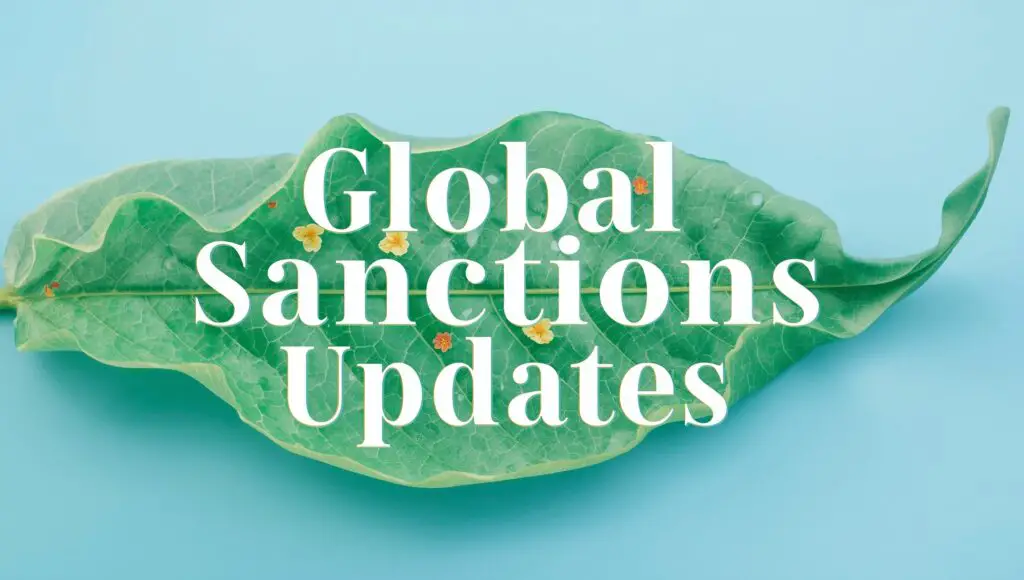
Why These Developments Matter — And What Lies Ahead
- Energy Markets on Edge: Sanctions on Russia’s oil networks—especially if shadow-fleet actions and tariffs gain traction—could drastically swing global prices and supply dynamics.
- Diplomatic Leverage Rising: The “snap-back” Iran threat and looming summit outcomes show how sanctions are increasingly being utilized as diplomatic leverage rather than purely punitive instruments.
- Sanctions Fatigue vs. Escalation: The breadth of simultaneous sanction campaigns—from Syria to Sudan—reflects a relentless global trend rather than fatigue—even despite escalating geopolitical tensions.
- Private Sector Repercussions: Entities like Nayara Energy demonstrate how sanctions extend beyond governments—impacting businesses, supply chains, and economies worldwide.
- Fragmented Multilateralism: While some initiatives (e.g., EU sanctions) remain coordinated, unilateral actions—especially from the U.S. and China—show growing fissures in global agreement.
In summary, worldwide sanctions in mid-August 2025 reflect a rapidly shifting policy battlefield. From severe energy restrictions and new presidential directives to delicate diplomacy and regional blowbacks, the landscape is both chaotic and decisive. Keeping a watch on summit outcomes, legislative measures, and enforcement actions will remain key to understanding geopolitical trends and economic ramifications.
